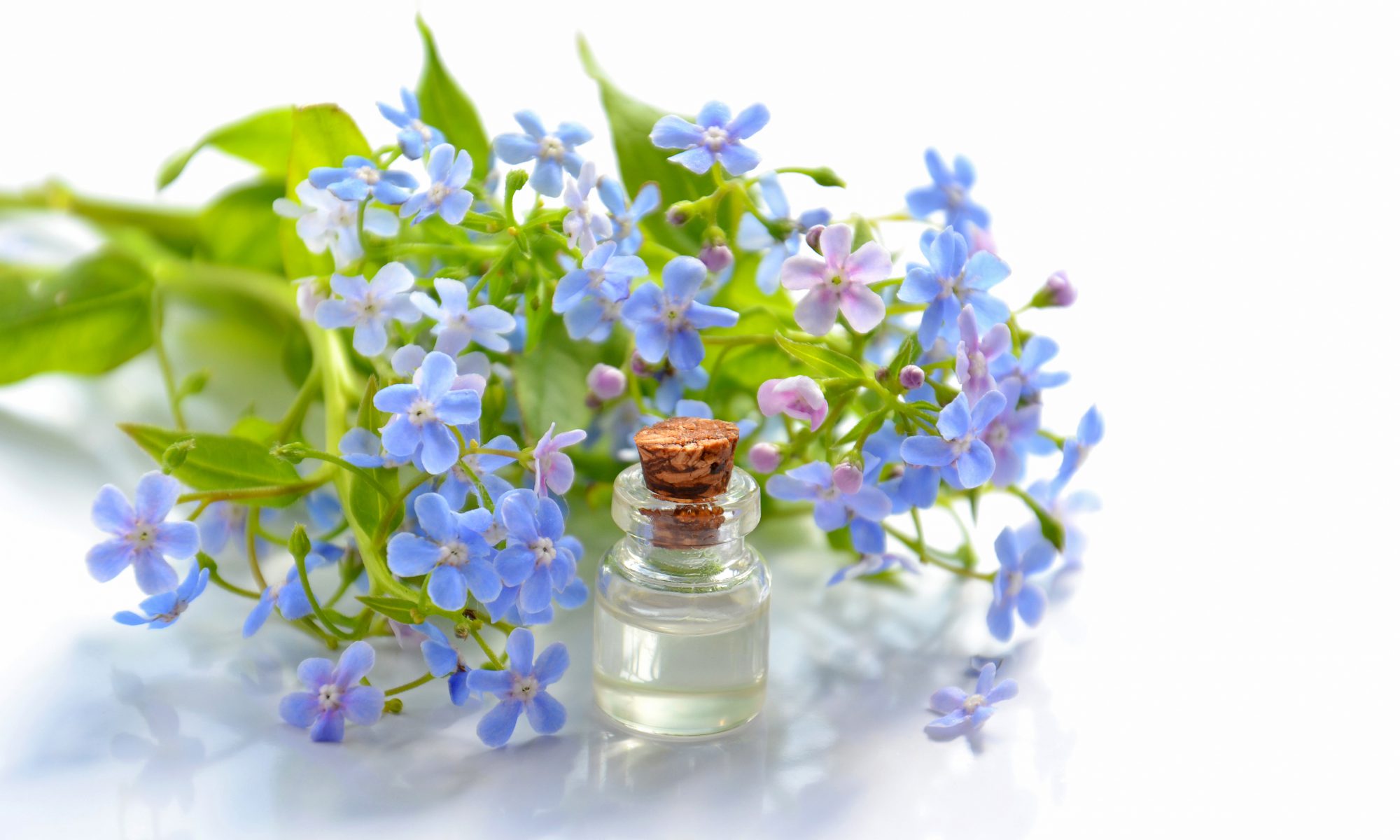Well, physically we can’t travel too much now, but one can travel in other ways. Whether reading, cooking exotic dishes, watching documentaries… My favorite is extremely fragrant (it would be food as far as Thailand is concerned, but from perfume you do not gain weight).
So, Thailand. Why Thailand?
I came across Prin Lomros perfumes thanks to his idea with Mondrian-style labels on his (probably?) first collection and they are really good.
I came across Parfums Dusita because they offer it in my favorite perfumery and they are also damn good.
So I got the idea to look also at other Thai brands.
And surprisingly (although I don’t know why at all, I’m surprised, it must be clear to me that in such a large country with an old culture there will be quite a few) I found that there are quite a few.
Another surprise for me is that they are completely different than I would have imagined.
Actually, I don’t know how I should imagine them.
Eastern Asia I have connected a lot with light, airy scents, (probably through those Japanese and Korean cosmetic brands that are already on European market).
Scents of India with sandalwood, spices and scents already going in the oriental direction.
But if I look more closely at that map, I find that the distances are greater than we can imagine here. So no wonder these are completely different.
So it surprised me, how much the Thai perfumes are similar to the European ones. They use many different ingredients, exotic for us, but the result is very similar to the European scents, with the difference, that the ones that have gotten into my hands so far are very carefully, precisely refined, much more than I am usually used to it here. But it can also be a coincidence, I just judge by three brands out of many, which have managed to get to my attention so far, in addition, Dusita is directly produced in France. So I only take it as preliminary impressions.
But let’s focus on the 1928 Siam brand.
It was created relatively recently, but on the roots of an older brand from 1928 (based on its preserved recipe, the perfume Chaokhun was created), including the year in the name. Siam is emphasized because the brand’s philosophy is to return to the roots, to traditional Thai (or – former – Siamese) perfumery.
The founder of the brand and the creator of all its fragrances is Nutt Wesshasartar.
The bottles are made of bone china, inspired by blue and white porcelain, which has been used traditionally for scents, but the pictures on it are colorful and related to Thai culture and traditions. Their design was awarded the Design Excellence Awards 2020.
The current “Art of Alluring Scent” collection (unfortunately the “Seasons of Siam” collection ends, partly due to IFRA regulations) is characterized by the fact that in all three fragrances it uses two quite exotic ingredients for me, Borneol and Nium Hom.
Borneol is a substance close to camphor. It is obtained mostly from the plant Blumea balsamifera and is a traditional part of both South Asian perfumery and natural medicine. It is often used in Thai incense.
Nium Hom is an interesting plant Strobilanthes nivea Bremek. It is also traditionally used in medicine and as part of incense.
If I remember correctly, I have never tried any of these ingredients.
So let’s look at the individual perfumes:
Tipakorn
Begins with a strong green-turpentine note, which in a relatively short time starts to mix with tobacco. Woods and a smoky vetiver are gradually added, a little bit of animal notes, and whole mixture is lightly sprinkled with bitter citruses to enlighten it. Extremely masculine scent and quite uncompromising. Nevertheless, it can also be worn with a suit.
Rasvika
It starts with a floral note, to which I can’t assign any flower that I know. It is distinctly floral, but at the same time transparent, but quite intense. I can’t even recall any of our flowers that could be similar to it. Still, it doesn’t feel unknown, or strange. And around that note, others gradually change, from the above-mentioned borneol, through pandan, iris, white flowers, sweet spices… but not all at once, rather than such passing and regrouping as at a cocktail party. The scent is therefore extremely variable, even though the mysterious floral note is the center of attention all the time. After a few hours, it all settles and remains an elegant floral-woody scent with a bit of amber.
Chanalaj
Very cute fruity opeing, fresh but full, something like a fruit salad with a mandarin. Then comes the floral hearts, which is just mildly exotic floral, but do not imagine any brutal charge, just together with not quite typical mixture of fruit comes a not quite typical mixture of flowers. It is very pleasant together, a bit exotic, but not too flashy, gentle enough for a young girl, but not naive, so it’s also suitable for an grown-up lady. Basically, the scent is suitable for all occasions in general, without being too conspicuous, but on the other hand, not banal to lost between usual stock. It reminds me the most a warm but not hot holiday evening, with fruit on the table and peace in my heart.
Overall, I would rate the scents as very elegant and sleek. I can definitely imagine any of them on my shelf (ok, Tipakorn rather on my husband’s…).
And another perfume – Assan – will be available soon …
